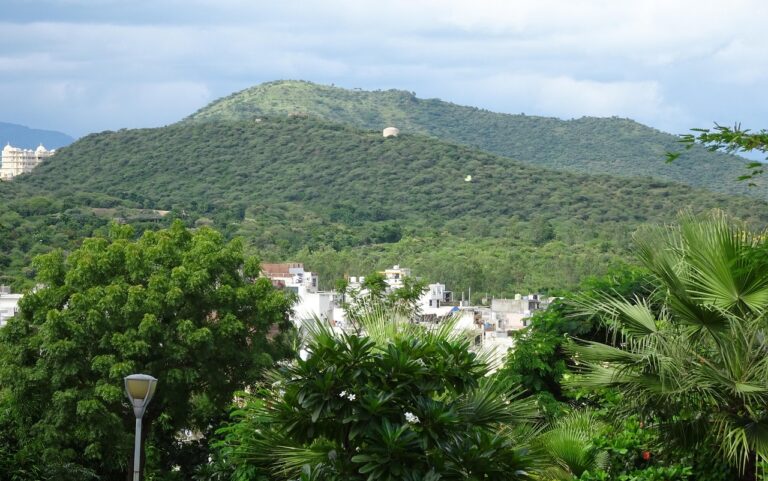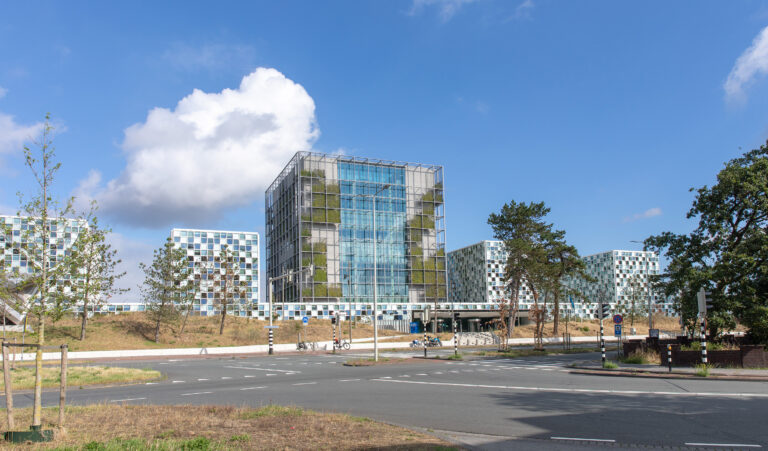
New Delhi: No project on silt management has been taken up under Namami Gange Programme. However a study on “Identification of Critical Soil erosion-prone areas and preparation of Catchment Area Treatment Plan” has been taken up by IIT Roorkee, the Lok Sabha was told today.
In a written reply to a question, the Minister of State for Jal Shakti, Bishweswar Tudu, informed Lok Sabha that out of a total of 409 projects on river Ganga taken up at an estimated cost of Rs. 32,912.40 crores, so far 232 projects were completed and made operational.
It may be mentioned that Namami Gange Programme was launched in June 2014 for a period up to March 31, 2021, to rejuvenate River Ganga and its tributaries. The programme was subsequently extended up to March 31, 2026. A total sum of Rs.13,709.72 crore was released to the National Mission for Clean Ganga (NMCG), from Financial Year (FY) 2014-15 till December 31, 2022, out of which Rs.13,245.68 crore was released/disbursed by NMCG to State Governments, State Missions for Clean Ganga and other agencies for implementation of projects related to Ganga rejuvenation.
The Minister said a majority of the projects under Namami Gange programme pertained to the creation of sewage infrastructure “as the untreated domestic/industrial wastewater is the main reason for pollution in the river”.
Offering details, the Minister said 177 sewerage infrastructure projects were taken up with a cost of Rs. 26,673.06 crores for the creation and rehabilitation of 5,269.87 Million Litres per Day (MLD) of Sewage Treatment Plant (STP) capacity and laying of around 5,213.49 km sewerage network.
“Among these, 99 sewerage projects were completed resulting in the creation and rehabilitation of 2043.05 MLD of STP capacity and the laying of a 4260.95 km sewerage network,” he stated.
In order to sustain the continued operation of the sewage treatment infrastructure, Hybrid Annuity based PPP mode was also adopted, Tudu said.
Under Namami Gange Programme, a comprehensive set of interventions such as wastewater treatment, solid waste management, riverfront management (ghats and crematoria development), e-flow, afforestation, biodiversity conservation and public participation were to be taken up for the rejuvenation of river Ganga and its tributaries.
Tudu mentioned that the United Nations (UN) has recognized Namami Gange initiative to rejuvenate India’s sacred River Ganga as one of the top 10 World Restoration Flagships to revive the natural world. The Award was received by NMCG at a function in the 15th Conference of Parties (COP15) to the Convention on Biodiversity (CBD) in Montreal, Canada on December 14, 2022, the World Restoration Day.
The Minister stated that based on the water quality assessment by Central Pollution Control Board (CPCB) in 5 Ganga main stem States in 2022 (January to October), the observed water quality indicates that the median value of Dissolved Oxygen (DO), which is an indicator of river health, has been found to be within acceptable limits of notified primary bathing water quality criteria and satisfactory to support the ecosystem of the river for the almost entire stretch of river Ganga.
Further, as a result of multi-sectoral interventions, as per comparison of median data of water quality parameters such as DO and Biochemical Oxygen Demand (BOD), Faecal Coliforms (FC) of the year 2014 and 2022 (January to October); DO (Median) improved at 33 locations, BOD (Median) improved at 40 locations and FC (Median) improved at 28 locations, respectively.
“As informed by the Wildlife Institute of India (WII), the population of dolphins in Ganga and its tributaries has increased as evidenced by the increased number and range of stretches of dolphin sightings and other biodiversity, which is also an indication of improvement of water quality of the river,” Tudu stated.
– global bihari bureau





